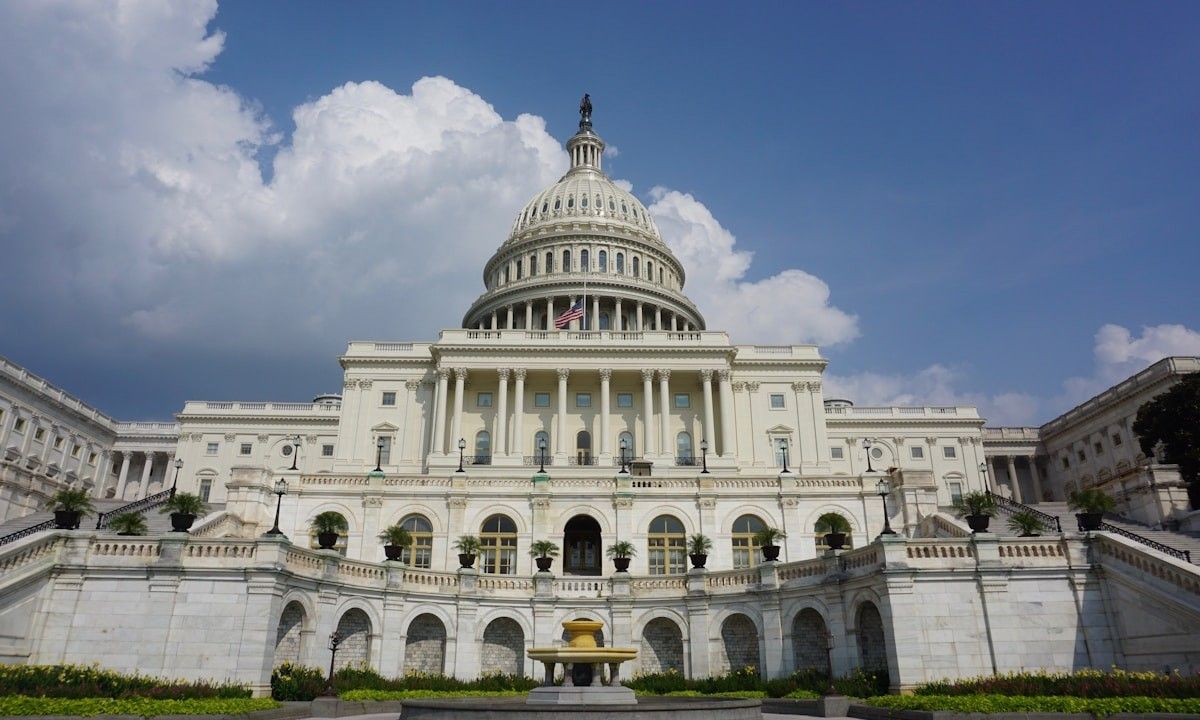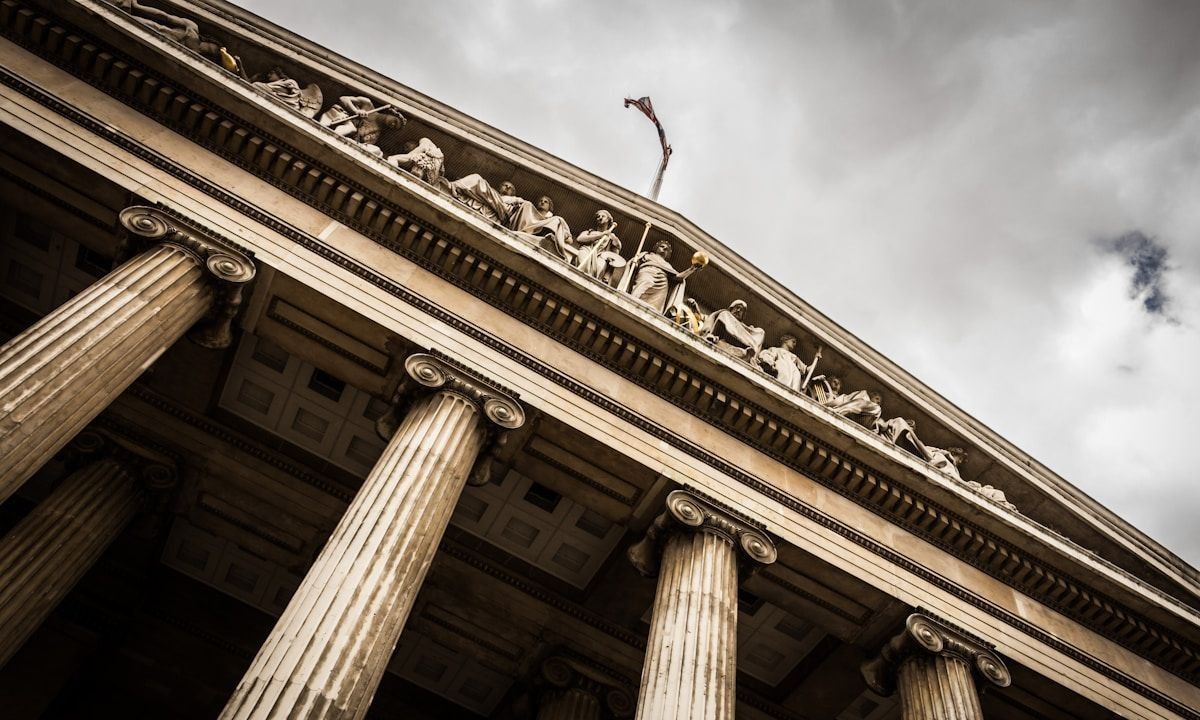Business Practices, Economy, eNews
Bankruptcy outside of congressional crosshairs…for now

Bankruptcy tends to stay out of the public’s focus–and by extension Congress’s–when the economy is doing well. That’s where we are now, with unemployment rates still sitting around 4% and inflation rates mostly under control. Because of that, Congress finally allowed the COVID-era small business chapter 11 bankruptcy eligibility threshold increases to expire. There has not been a major piece of legislation introduced since January that touches Chapter 11 or 13 bankruptcies.
On the horizon, however, are concerns that President Trump’s trade war could spark a full recession later this year. That, in turn, could bring renewed attention from Congress on bankruptcy issues as a whole.
What to expect next from the President’s tariffs and trade war, and whether it will bring economic boom or bust, is still up in the air. The Administration is actively negotiating several nascent trade deals, including ongoing talks between the U.S. and China in London this week, but they are far from reaching the kind of sweeping deals that the President has demanded. Additionally, the 90-day pause on President Trump’s April tariffs expires on July 9th, with no real plan for whether it will be extended or for how long.
The impacts of the tariffs that are still in place have yet to fully be felt by U.S. consumers. According to economic analysis from Pantheon Macroeconomics, consumers have yet to see the majority of tariff-related price increases, which will only really start to hit by mid-summer. Some economists expect those increases to stall out the economy and put us teetering on the edge of a recession, but it is far from certain. One silver lining, however, could be passage of the President’s tax bill around that same time which could temporarily shore up consumer confidence when it is most at risk.
So, what happens if the U.S. does enter a recession? We will almost certainly see a significant uptick in small business and corporate bankruptcies. Depending on the size and scope of the uptick, Congress could act quickly to provide relief to businesses and consumers, possibly at the expense of creditors.
In the event of a light recession, relief would likely be targeted at consumers and small businesses only. Some examples of Congressional action include limiting the ability for creditors to initiate collections in the short term, once again increasing the eligibility threshold for more debtor-friendly bankruptcy processes, or any range of other temporary measures aimed at helping businesses weather the economic storm and come out intact.
Should we enter a major recession like in 2008, however, Congress may take more drastic measures, like what was done to bail out banks and the auto industry. In that case, impacts to creditors could actually be less pronounced, as the U.S. government comes in to backfill failing businesses and ensure there are no major economic shocks associated with their collapse.
The lead time on Congressional action could be a matter of weeks to months, and the ability for creditors to collect data and present their case to legislators will be paramount to ensuring bailouts to businesses don’t simply shift the burden of loss to creditors. In particular, potential employment and supply chain impacts will be especially persuasive to Members of Congress attempting to prevent their own constituents from losing their jobs.





